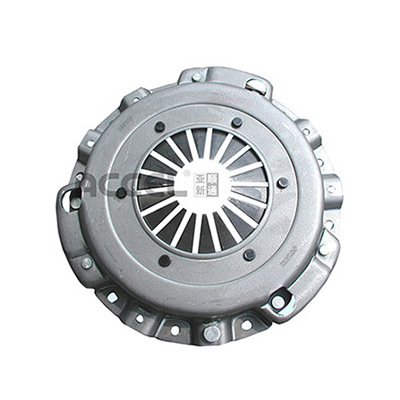- Arabic
- French
- Russian
- Spanish
- Portuguese
- Turkish
- Armenian
- English
- Albanian
- Amharic
- Azerbaijani
- Basque
- Belarusian
- Bengali
- Bosnian
- Bulgarian
- Catalan
- Cebuano
- Corsican
- Croatian
- Czech
- Danish
- Dutch
- Afrikaans
- Esperanto
- Estonian
- Finnish
- Frisian
- Galician
- Georgian
- German
- Greek
- Gujarati
- Haitian Creole
- hausa
- hawaiian
- Hebrew
- Hindi
- Miao
- Hungarian
- Icelandic
- igbo
- Indonesian
- irish
- Italian
- Japanese
- Javanese
- Kannada
- kazakh
- Khmer
- Rwandese
- Korean
- Kurdish
- Kyrgyz
- Lao
- Latin
- Latvian
- Lithuanian
- Luxembourgish
- Macedonian
- Malgashi
- Malay
- Malayalam
- Maltese
- Maori
- Marathi
- Mongolian
- Myanmar
- Nepali
- Norwegian
- Norwegian
- Occitan
- Pashto
- Persian
- Polish
- Punjabi
- Romanian
- Samoan
- Scottish Gaelic
- Serbian
- Sesotho
- Shona
- Sindhi
- Sinhala
- Slovak
- Slovenian
- Somali
- Sundanese
- Swahili
- Swedish
- Tagalog
- Tajik
- Tamil
- Tatar
- Telugu
- Thai
- Turkmen
- Ukrainian
- Urdu
- Uighur
- Uzbek
- Vietnamese
- Welsh
- Bantu
- Yiddish
- Yoruba
- Zulu
set. . 26, 2024 00:02 Back to list
Understanding Non-Interference Engines and Their Timing Belt Implications for Vehicle Performance
Understanding Non-Interference Engine Timing Belts
When discussing automobile engines, one of the essential components that often comes up is the timing belt. More specifically, the concept of a non-interference engine versus an interference engine plays a critical role in engine design and mechanics. Non-interference engines are equipped with timing belts that offer a distinct advantage when it comes to longevity and maintenance.
A non-interference engine is designed in such a way that the pistons and valves do not occupy the same space in the cylinder head at any point in time. This is crucial because should the timing belt fail—leading to a disconnection between the crankshaft and camshaft—the engine can essentially shut down without causing catastrophic damage to its internals. In simpler terms, if the timing belt breaks in a non-interference engine, the pistons cannot collide with the open valves, allowing the engine to remain intact and often only requiring a belt replacement.
On the other hand, in interference engines, a timing belt failure can lead to serious damage. If a timing belt breaks while the engine is running, pistons can strike the open valves, bending them and potentially causing other significant engine damage. This can result in expensive repairs and extensive labor costs due to the complexity of the work involved.
non interference engine timing belt

Timing belts in non-interference engines are usually made from durable materials designed to withstand wear and tear. It’s crucial for car owners to follow the recommended maintenance schedule, which typically involves replacing the timing belt at regular intervals, usually every 60,000 to 100,000 miles. By adhering to these guidelines, drivers can mitigate risks related to timing belt failure, ensuring a smoother and more reliable driving experience.
In addition to mechanical advantages, non-interference engines tend to offer a quieter operation and a simpler engine design. This can also lead to slightly better fuel efficiency, as the engine components operate without the unnecessary tolerances required in interference designs.
In conclusion, understanding the role of timing belts in non-interference engines is essential for car owners and enthusiasts alike. The inherent benefits of non-interference designs—protection from catastrophic failure, ease of maintenance, and cost efficiency—make them a popular choice among various automotive manufacturers. As technology continues to advance, the importance of reliable engine components like timing belts will only continue to grow, emphasizing the need for regular maintenance and care.
-
Korean Auto Parts Timing Belt 24312-37500 For Hyundai/Kia
NewsMar.07,2025
-
7PK2300 90916-T2024 RIBBED BELT POLY V BELT PK BELT
NewsMar.07,2025
-
Chinese Auto Belt Factory 310-2M-22 For BMW/Mercedes-Benz
NewsMar.07,2025
-
Chinese Auto Belt Factory 310-2M-22 For BMW/Mercedes-Benz
NewsMar.07,2025
-
90916-02660 PK Belt 6PK1680 For Toyota
NewsMar.07,2025
-
drive belt serpentine belt
NewsMar.07,2025

